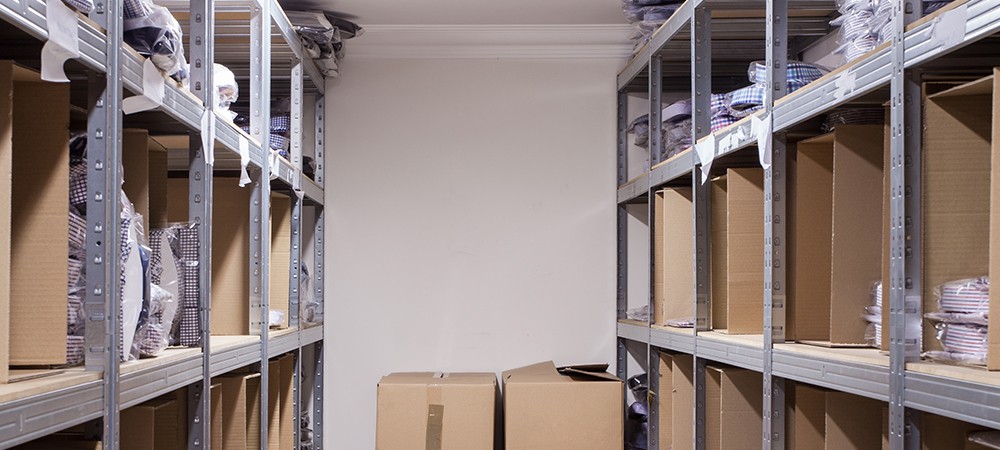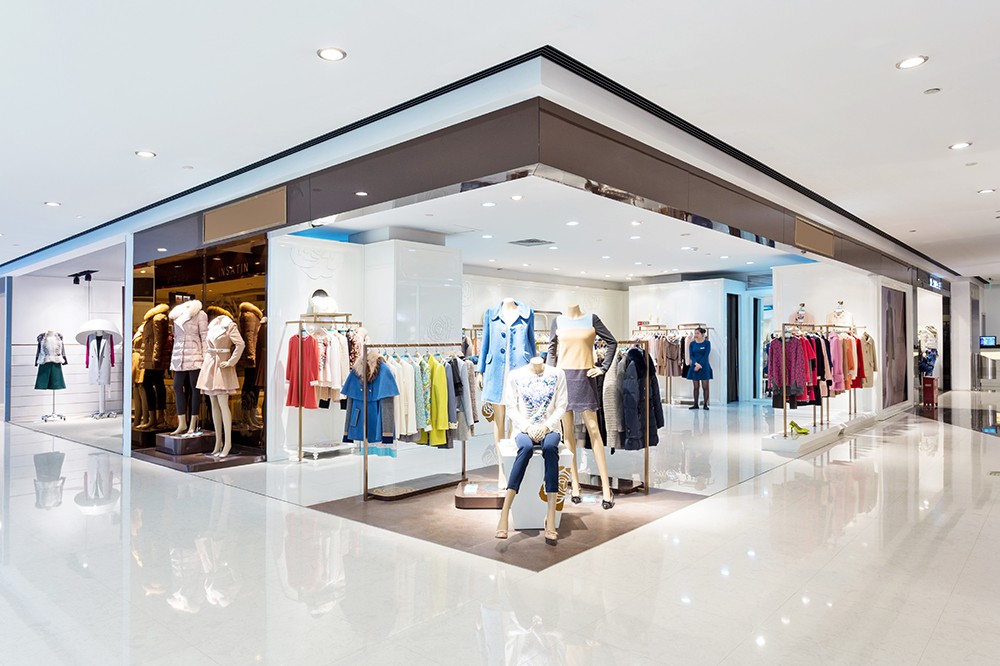
The common denominators of high-shrink stores
Costing the US retail sector almost $50 Billion a year, shoplifting, high-shrink and loss is an issue familiar to all retailers. But as a recent article by Loss Prevention Magazine highlights, for some retailers it’s more familiar than others.
They note, while some sectors such as apparel, might be more attractive to shoplifters than others, often the real issue of shrink comes down to 10 common denominators instore.
Here’s an insight into what LP Magazine describes as the 10 common characteristics of high-shrink retail stores.
Poor customer service
Retail starts and ends with customer service, and a lack of emphasis on this critical arena has far-reaching impacts for a store, not least of which is the potential it offers possible thieves.
In an environment where staff are inattentive, where they fail to meet and greet customers or there aren’t enough staff available, shoplifting and theft have the opportunity to thrive.
The takeaway
Ensure your store is adequately staffed and employees are trained in welcoming customers, making eye contact and offering service assistance.
Poor store cleanliness

Often when retailers consider shrink, they fail to take a close look at the physical state of their store. Attention to store cleanliness sets the tone for the experience customers will enjoy instore and the level of customer service they will receive
The takeaway
Organised, clean retail outlets are a deterrent to theft, but also help retail staff identify when theft is occurring.
Lack of operational controls
Process and procedure ensure a retail outlet runs efficiently, with controls to mitigate mistakes and eliminate errors.
This control not only helps a store run more effectively, but it also improves the service of the staff and creates an environment where theft is less likely to occur.
The takeaway
Implement processes and procedures that guide every task within your retail outlet – from inventory counting to merchandising, store layout and customer service.
Inferior merchandising practices
Merchandising plays a similar role to store cleanliness. Proper merchandising and use of displays, cabinets, sales tables and fixtures makes an outlet more appealing to clientele. It draws customers to the areas a retailer wants by showcasing products, and therefore increases sales.
Proper merchandising also makes items easier to find for retail staff and acts as a deterrent to theft.
The takeaway
Consider the look, feel and lighting of your store including where high-value items are positioned and how they are showcased. Is the area warm and inviting, are customers drawn in and to popular products?
Disorganized storerooms

Front of house might be the focus for selling and customer service, but the storeroom and stock area is no less important when it comes to ensuring a store is organised and offers less potential for shrink. Disorganised storerooms create opportunity for employee theft but are also more prone to mistakes and miscellaneous loss.
The takeaway
Ensure your retail outlet has adequate storage, that there are guidelines for receiving inventory and storing it, and that the storeroom is kept clean and tidy.
Poor hiring
Retail staff are the frontline of customer service. They are ambassadors for a brand, and the first line of defence against theft. These staff can make or break the customer experience, they can also potentially be perpetrators of employee theft.
The takeaway
Have a hiring policy that adequately screens potential employees for previous experience and previous poor behaviour. Ensure references are checked and staff are adequately trained.
Insufficient attention to detail
It’s the little things that make a truly memorable customer experience. It’s also the little things that can lead to shrink, loss and shoplifting.
The takeaway
Look at your store with a critical eye while envisaging yourself in the position of the customer. Is the store welcoming? Is it well-lit? Is it organised, tidy, and is the merchandise positioned in an appealing way? Together these and other factors create the respect that customers should have for your store.
Disengaged employees

Employees who do not feel connected with the brand or well-treated by their employer are not only more likely to be perpetrators of theft, they are also less likely to care about a store’s shoplifting and loss.
The takeaway
Ensure staff feel part of a larger group and perhaps even a greater purpose that collectively they are trying to achieve. Offer ongoing raining, and above all treat staff with the respect and value that they should in turn have for your store and brand.
Closed minds
As Loss Prevention Magazine notes: Closed minds, close doors. Shoplifting and theft is always a crime of opportunity. It is also a battle that continually evolves.
The takeaway
Be willing to embrace new loss prevention methods, to consider your store critically and to understand shrink cannot be viewed in isolation, it is often the symptom of a greater issue.


